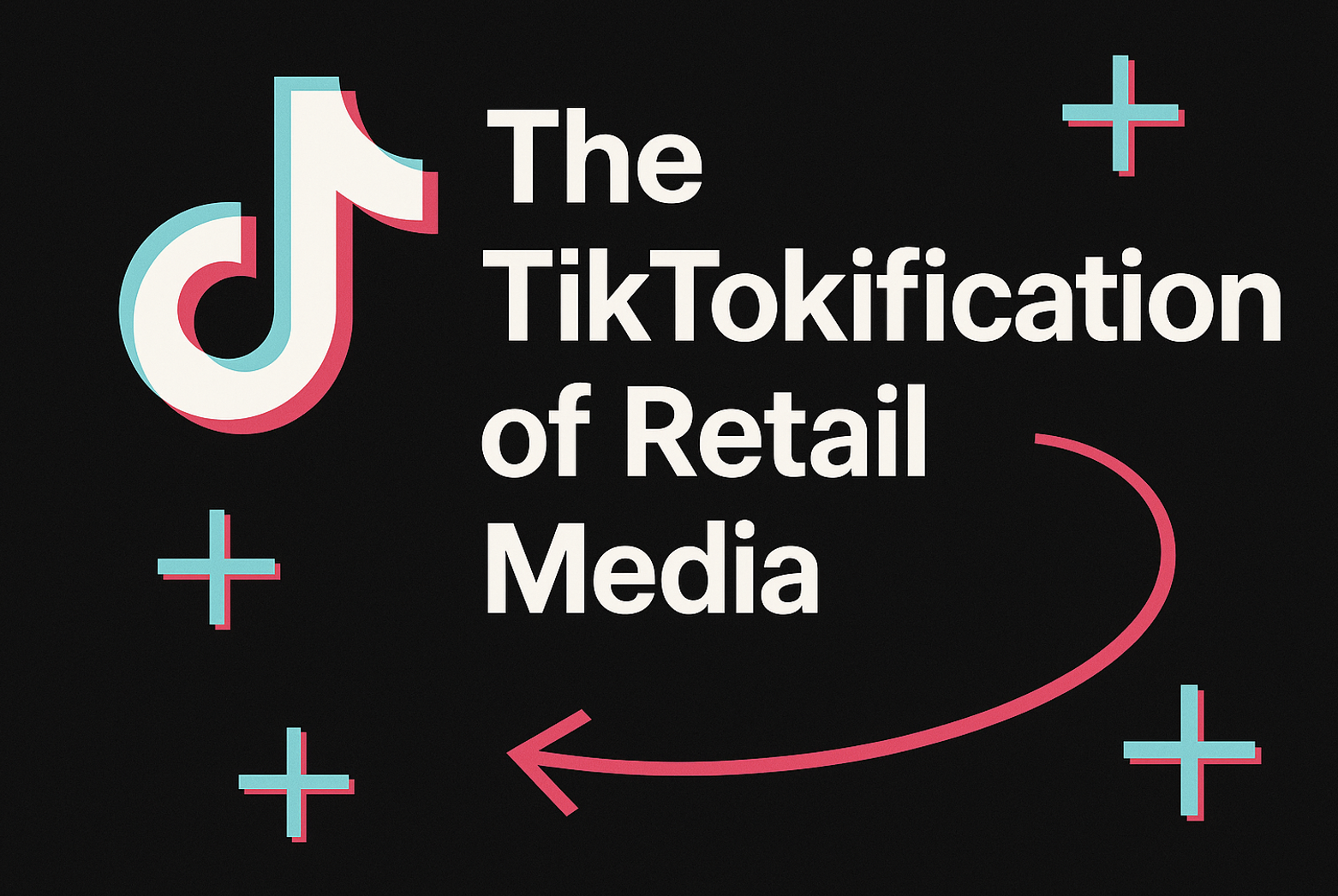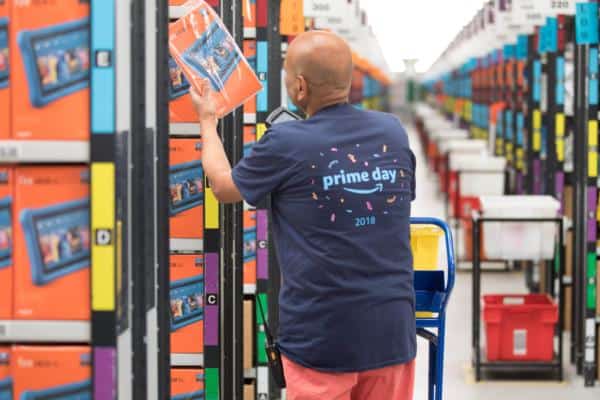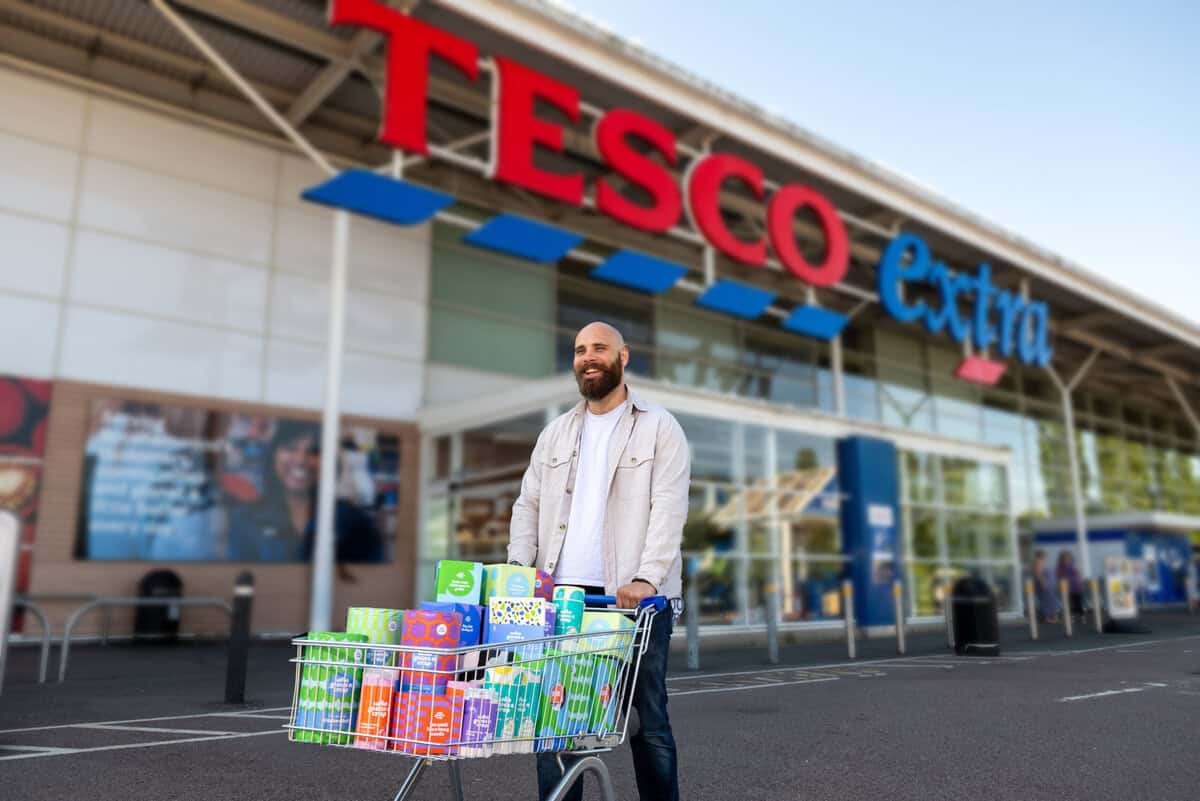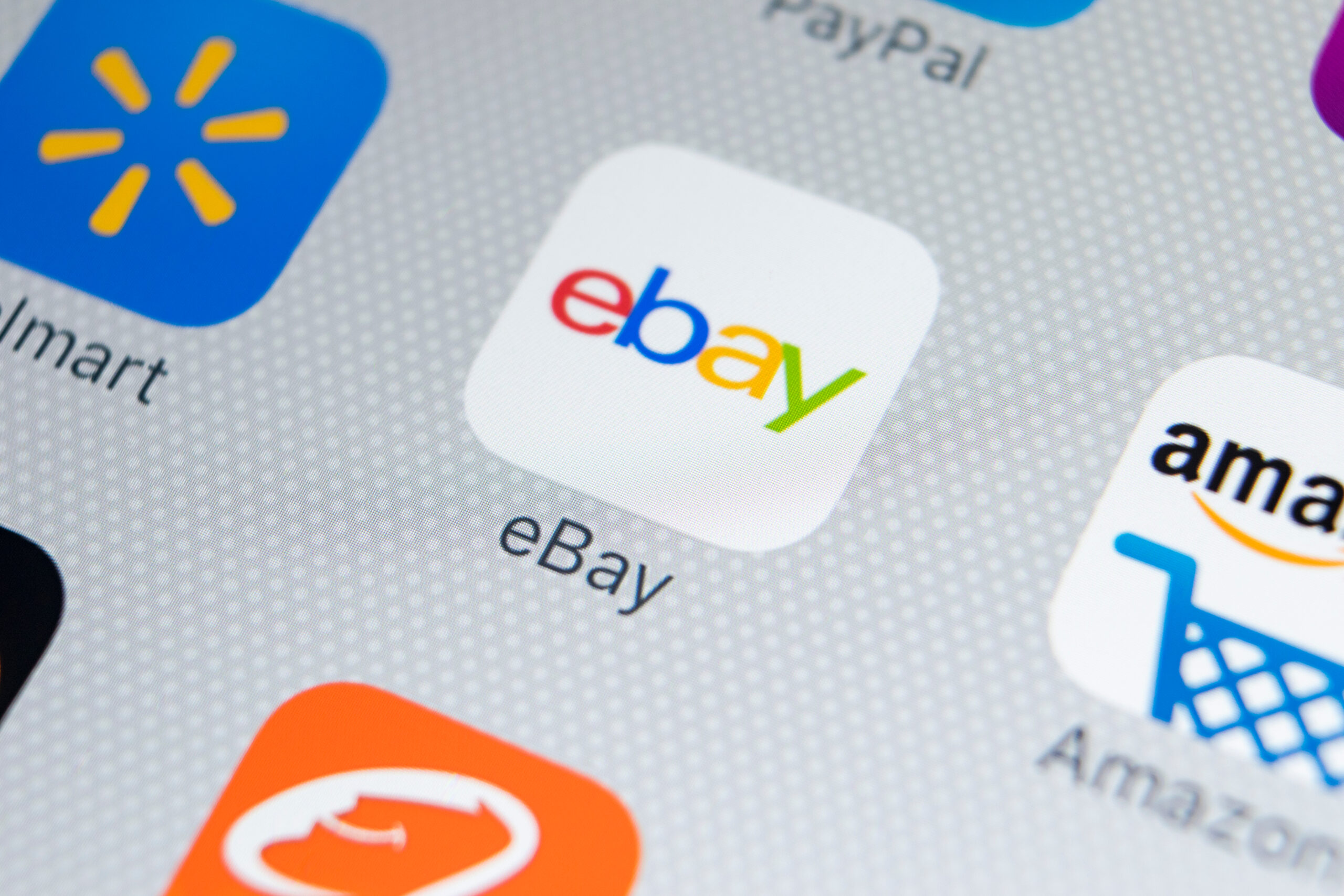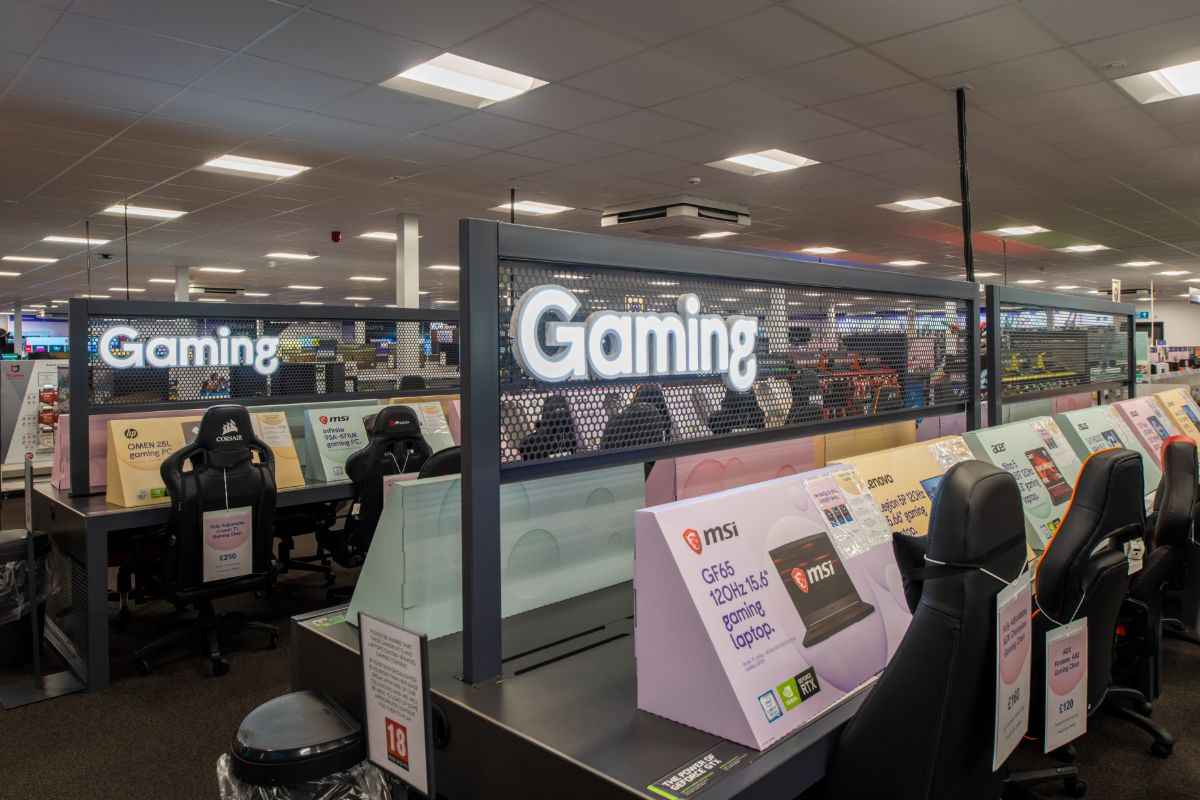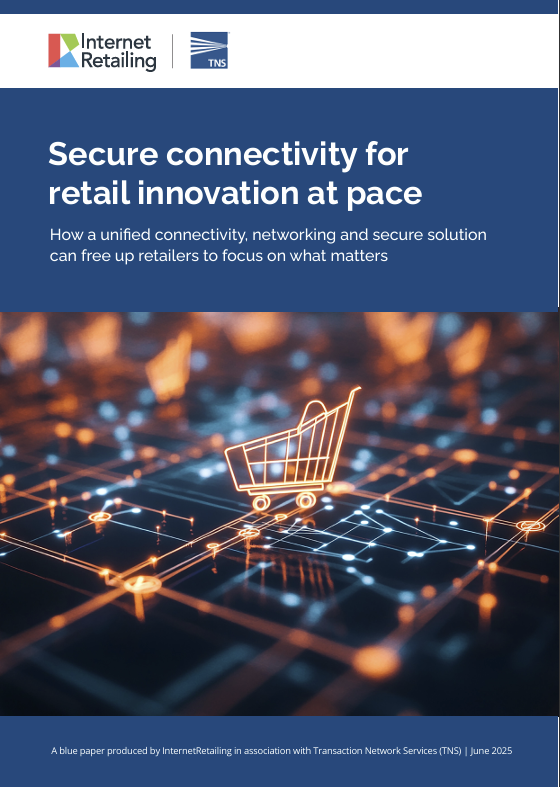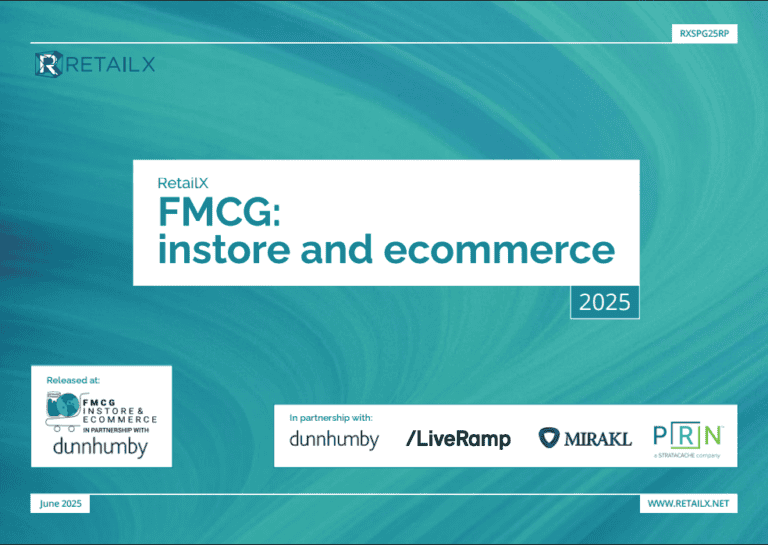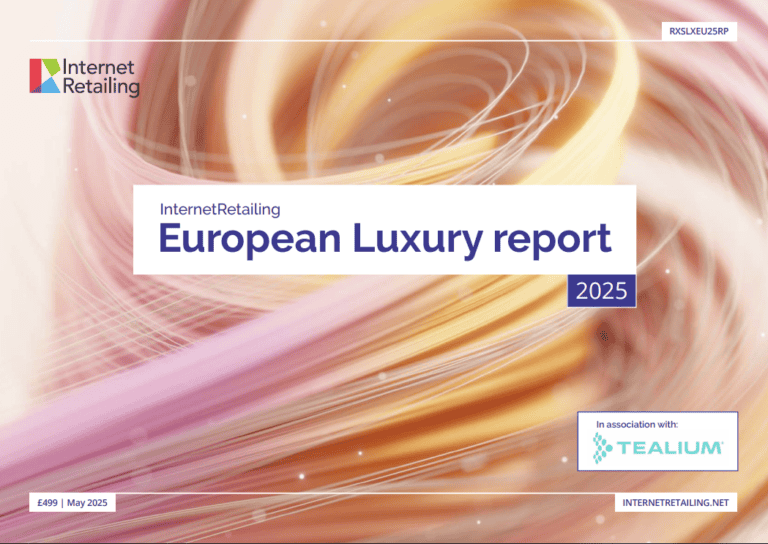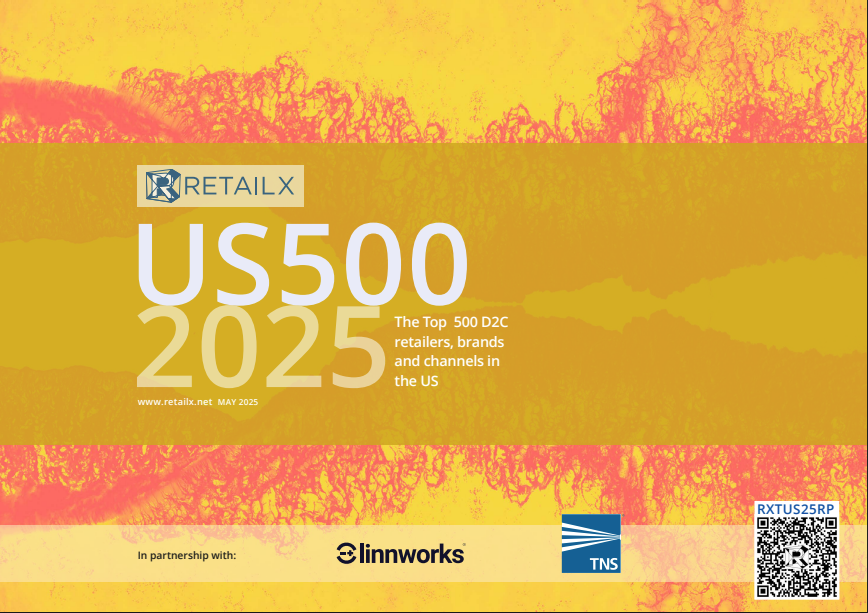In part one of a two part series on the influence of TikTok on retail media Colin Lewis looks at how TikTok impacts retail media and the shopper and asks what retail media networks should do to leverage it
TikTok has rewritten the rules of content and commerce and its influence goes beyond short-form videos or hashtag challenges. The impact of short form video looked at through a mobile phone –triggered by the popularity of Tiktok – is changing how people discover products, how they decide what to buy, and how they act on impulse.
I call this ‘Tiktokification’. What do I mean when I say this? The behaviour and the change in media that is coming as a result of the influence of TikTok.
The mimicking of TikTok’s style, format and algorithm‑driven feeds is felt right across all of social media. Think about Reels, Shorts, Spotlight and how they spread across Facebook, YouTube, LinkedIn, Snapchat, and Instagram.
Columbia Business School Professor, Oliver Chen, believes that TikTok has transformed into a retail accelerator for the following reasons:
- TikTok is so addictive: the dopamine hit of short form keeps us scrolling and shopping
- Short-form video is a new engine of demand, driving instant discovery and sales
- TikTok Shop is where discovery meets instant commerce. Livestreaming is where every scroll can lead to a buy.
Where does lead to? A consumer that uses their mobile phone to seamlessly shift between the four ‘S’s of streaming, scrolling, searching and shopping’ as Boston Consulting Group call it.
What does TikTokification mean for retail media?
Most retail media networks (RMNs) operate within a designed for digital display ads, banners, search ads and static carousels.
The new world of ‘TikTokification’ introduces a different dynamic: discovery-led, creator-driven, algorithm-powered content that is vertical, scrollable and shoppable by default.
Retail media was built to monetising digital and in-store shelf space. The biggest advertising units such as ‘Sponsored Products’ and ‘Sponsored Display’ sit within defined shopper journeys.
However, TikTokification blurs those journeys as shoppers scroll feeds and are being trained to act quickly on stimulus. The content does the work: a product demo, a personal testimonial, or a viral trend can drive a sale. Andy Murray, Executive Chairman of Saatchi and Saatchi X says that “retail media compresses the distance between the point of inspiration and the product in your hands.” TikTok compresses this distance even further.
Most RMN formats were not designed for this. Static banners and templated formats struggle to convey context, personality, or persuasion.
The principles of TikTokification applied to retail media
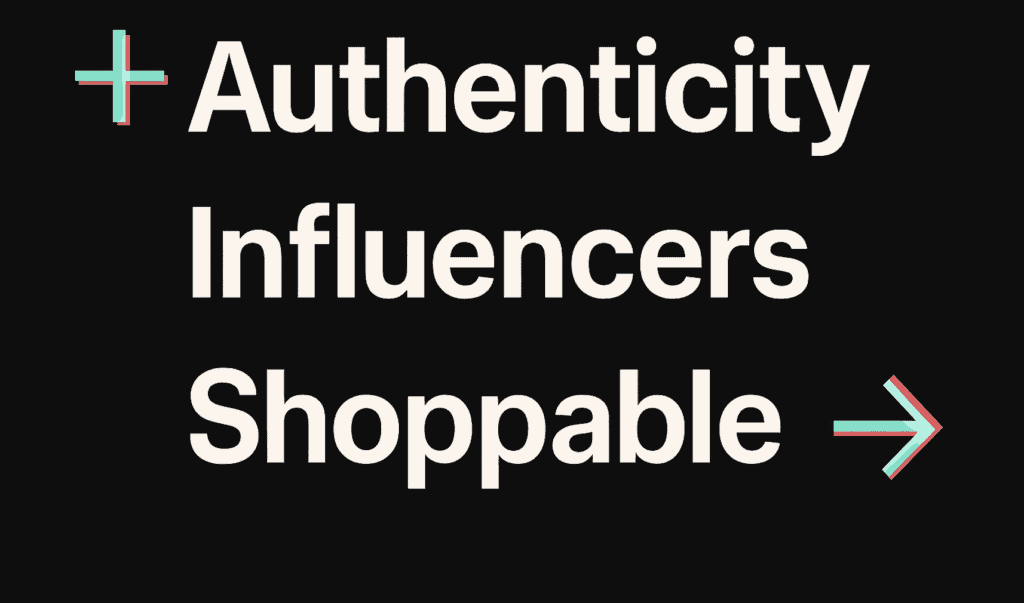
What are the underlying principles behind TikTok that are driving media and will soon start to drive retail media?
There are three:
- Authenticity as the baseline
- Influencer as media
- Making everything shoppable.
Let’s look at these in more detail.
Authenticity
We all know authenticity is key, particularly for younger generations, but what really strikes me when I look at a TikTok ad is that they’re mostly by influencers and creators that feel like real content.
Many RMNs depend on assets supplied by brands or agencies. Few are structured to support rapid creative testing or creator-led storytelling. Native video is rare and vertical formats are almost non-existent.
Viv Craske, Retail Media and Digital Commerce consultant and host of the Retail Media Therapy Podcast says: “Every time you come across a professionally shot advert and the TikTok feed, it stands out like a million sore thumbs. It just seems so odd. How on earth are agencies, retailers, and brands going to get their head around making authentic looking content for people when they’re offering it in their retail media channel? That’s going to be a huge challenge.”
Retail media creative pipelines must adapt to authenticity as highly produced campaign assets perform poorly in a TikTok world.
Influencers as media
The new CEO of Unilever chief exec talked about the role of influencers and their new marketing approach to avoid mass advertising and switch to localised influencer marketing. In his words: “marketing activity systems in which others can speak for your brand at scale”.
Influencer marketing remains loosely connected to the retail media ecosystem. There is no standardised way to book influencer campaigns alongside onsite or offsite placements and only a few RMNs are offering influencers as part of their Retail Media proposition.
What RMNs need is to be inspired by what TikTok, Instagram and YouTube have already done by offering a creator marketplace. We will see this explosion in this capability and the mechanism to choose creators but it will require a mindset change.
Retail media must integrate influencer directly into its planning tools and sales channels. Think of creator marketplaces, influencer DSPs, or collaborative media buys that combine reach, relevance, and retail data. Influence should be treated as an inventory layer, not a separate initiative.
Making everything shoppable
The notion of ‘add-to-cart’ button as a call to action in digital advertising media has been around for years. Most of the time, no one’s interested in running ‘add-to-cart’ button, but as Viv Craske says “All of sudden, we’ve now realized that everything needs to be clickable and shoppable. You need to be able to click through and be offered a range of products at a retailer. I think that is a great opportunity for retail media because they can encourage the use of offsite media, but make sure that there’s a clickable link that brings them back to that retail store to convert.”
Everything being shoppable is going to be driven by the retail media opportunity as it is the logical conclusion of a consumer behaviour shift that rewards immediacy. RMNs can and should ‘normalise’ being shoppable across all creative formats and media types.
